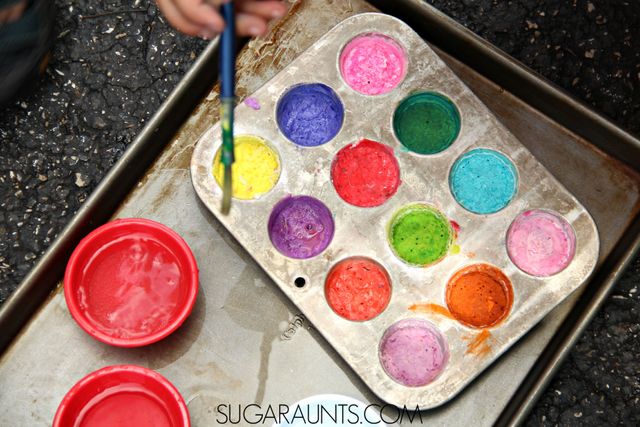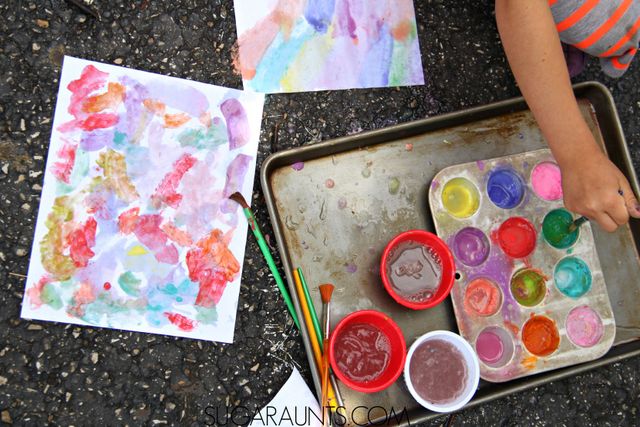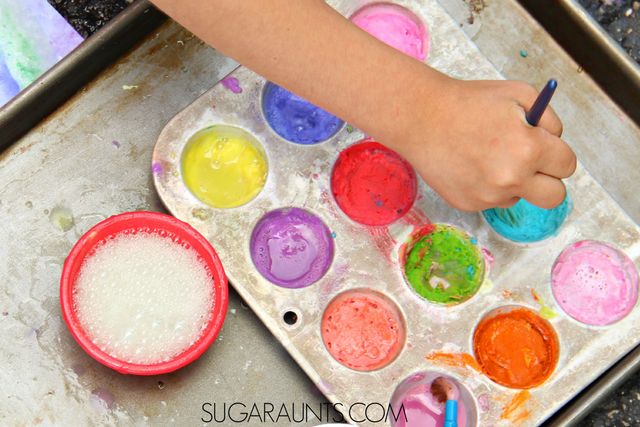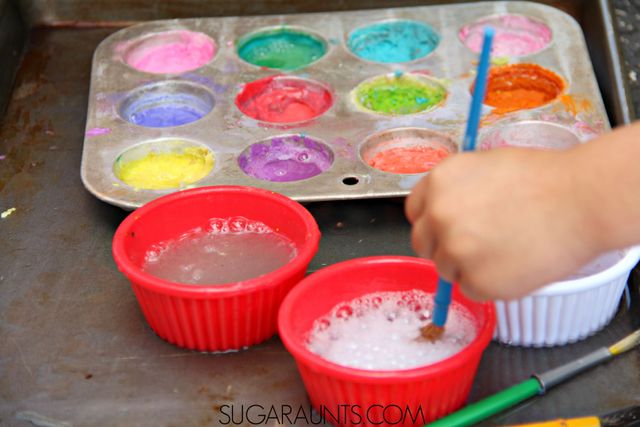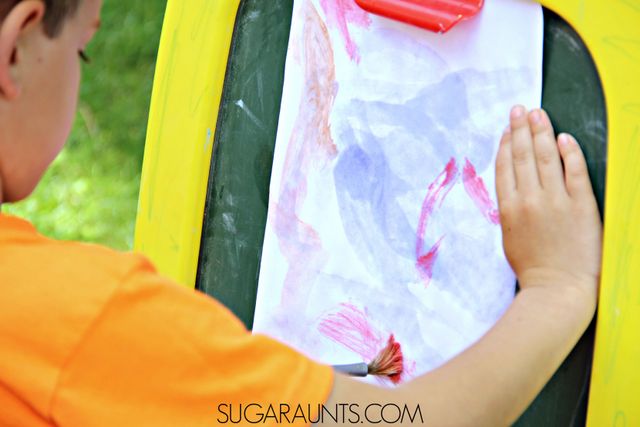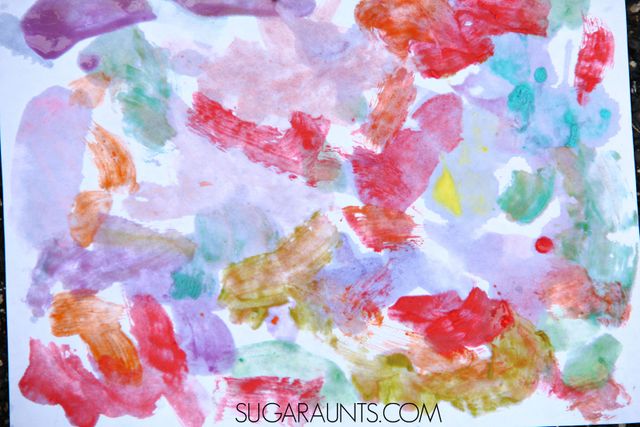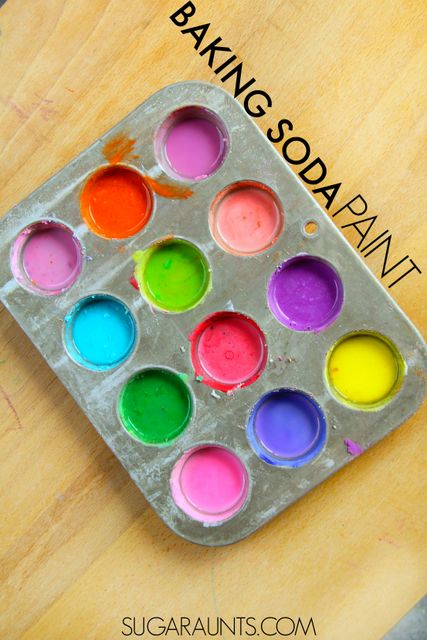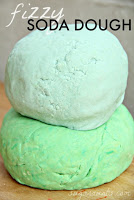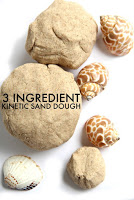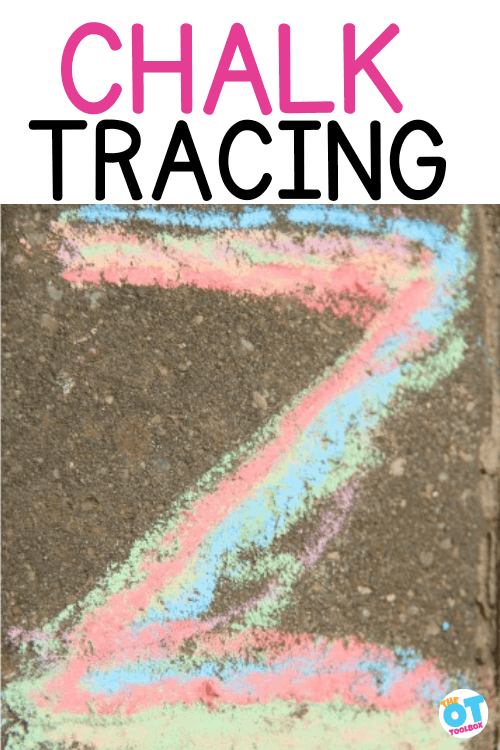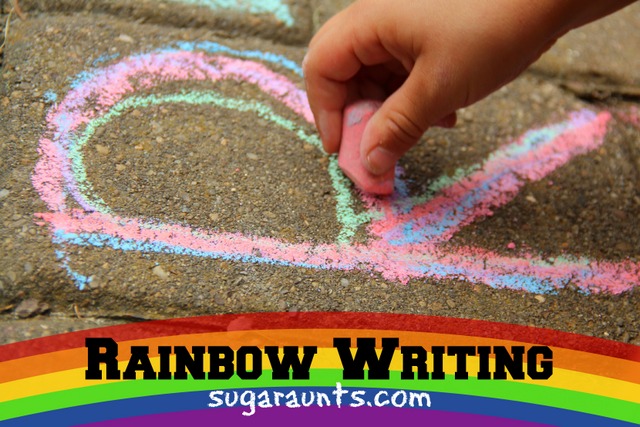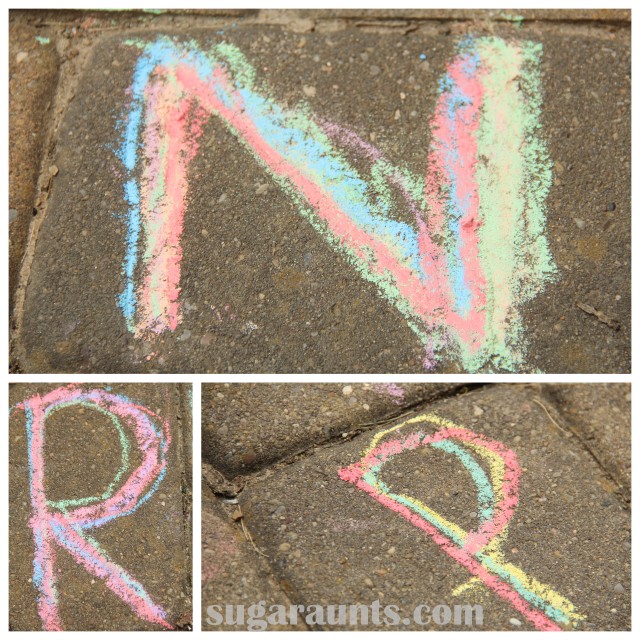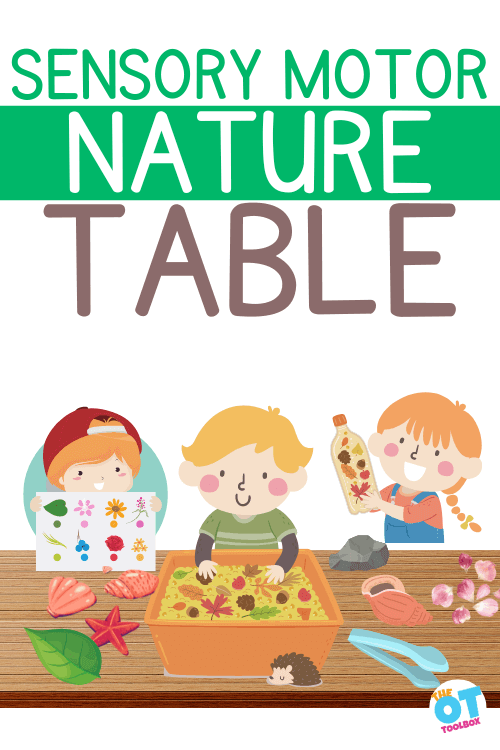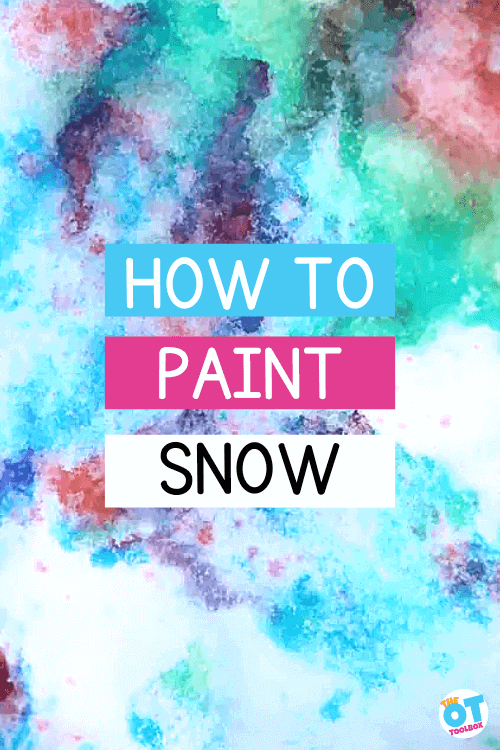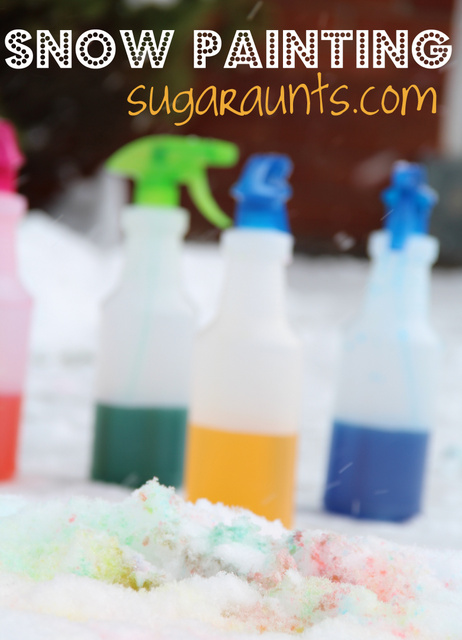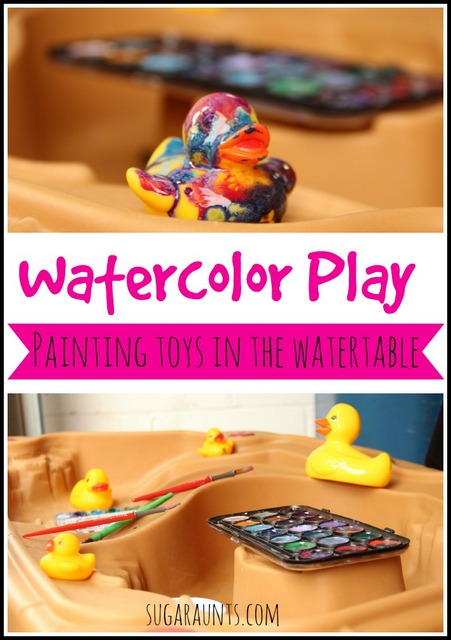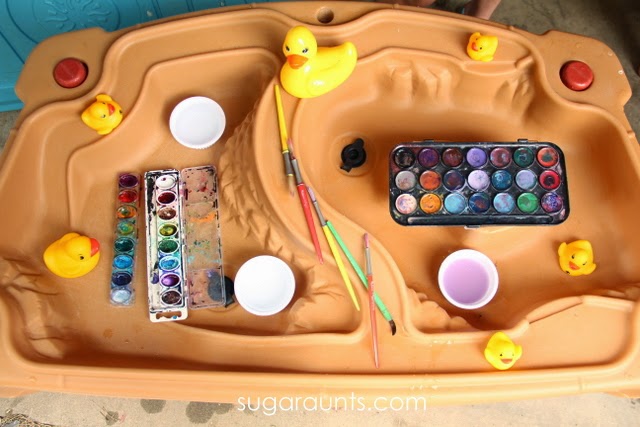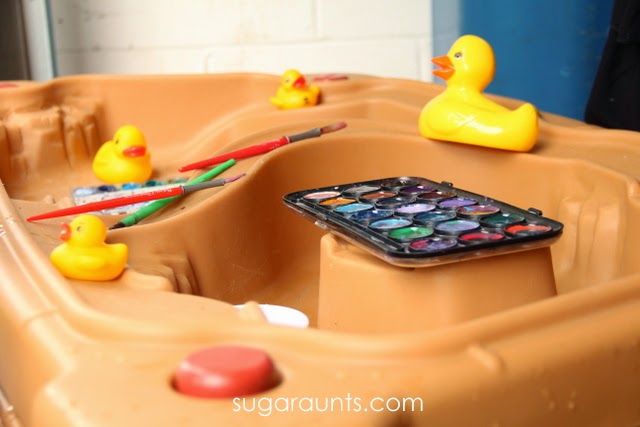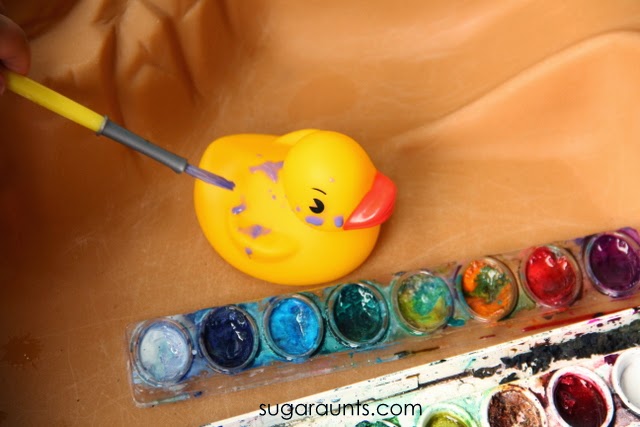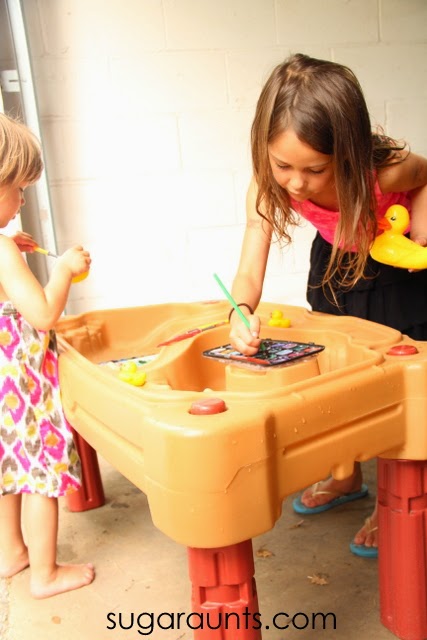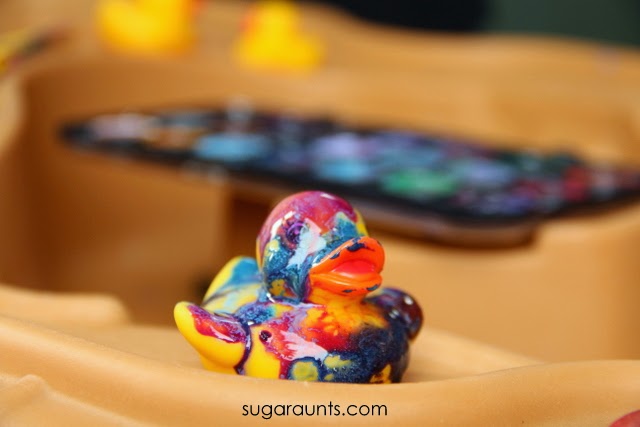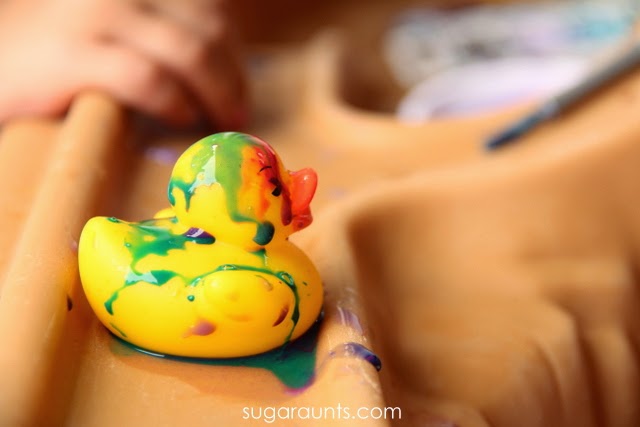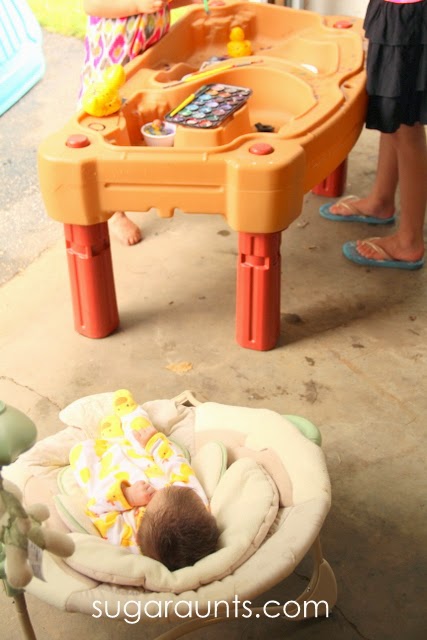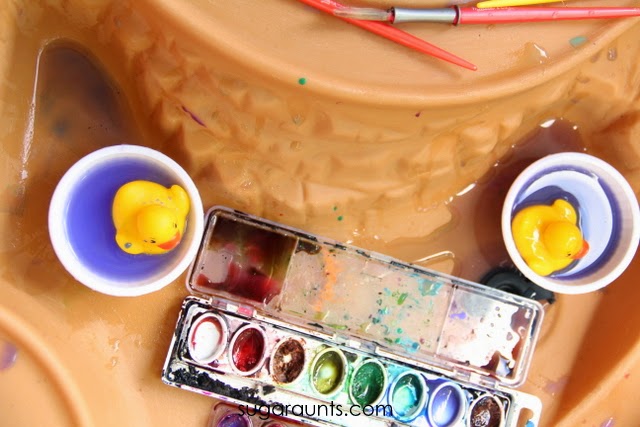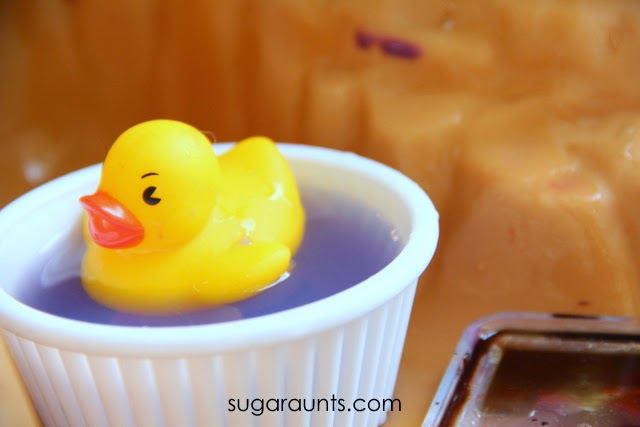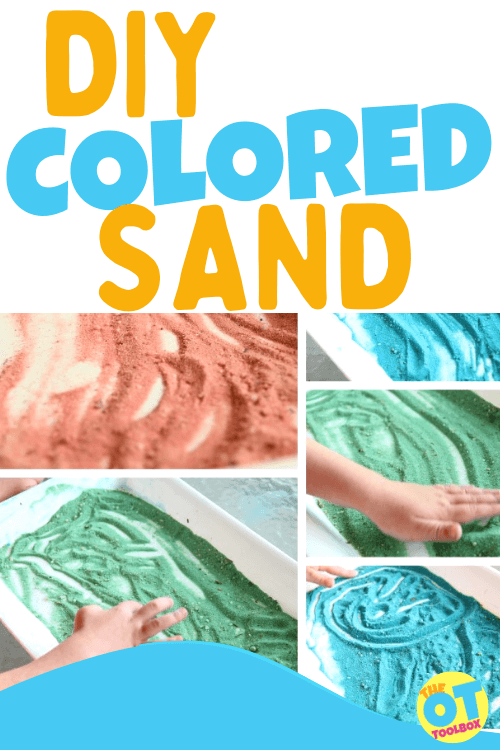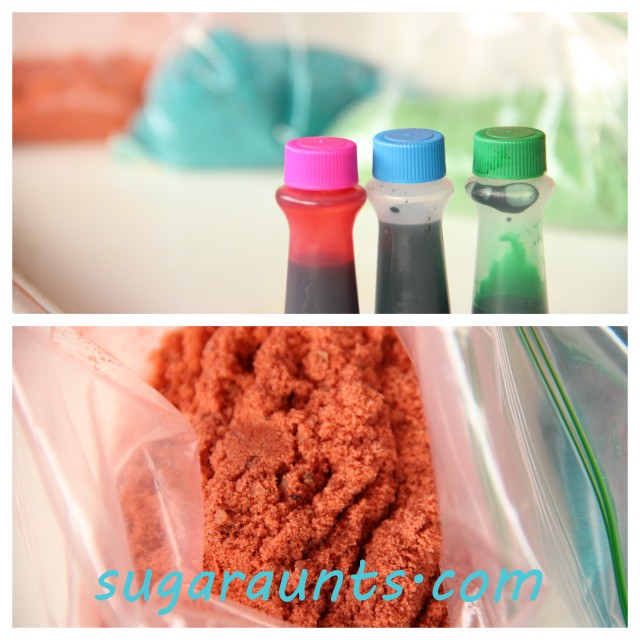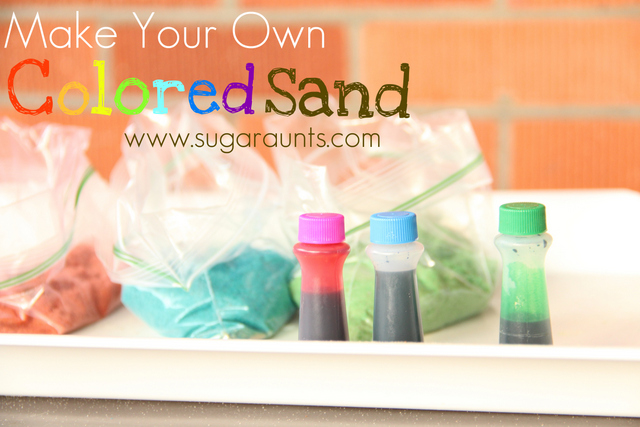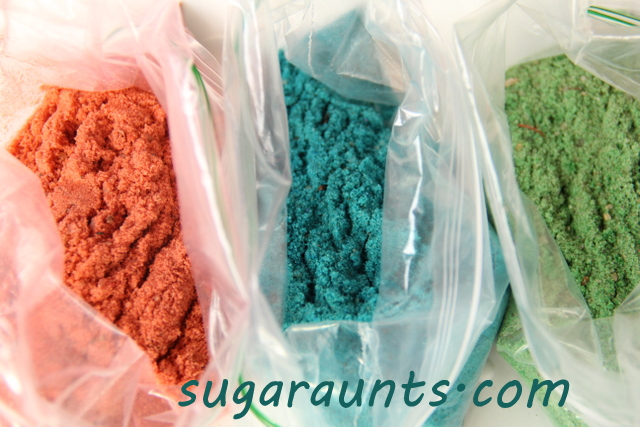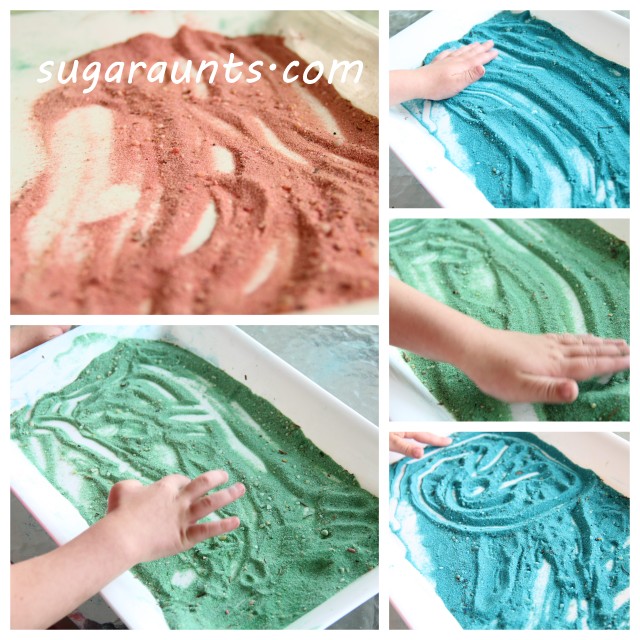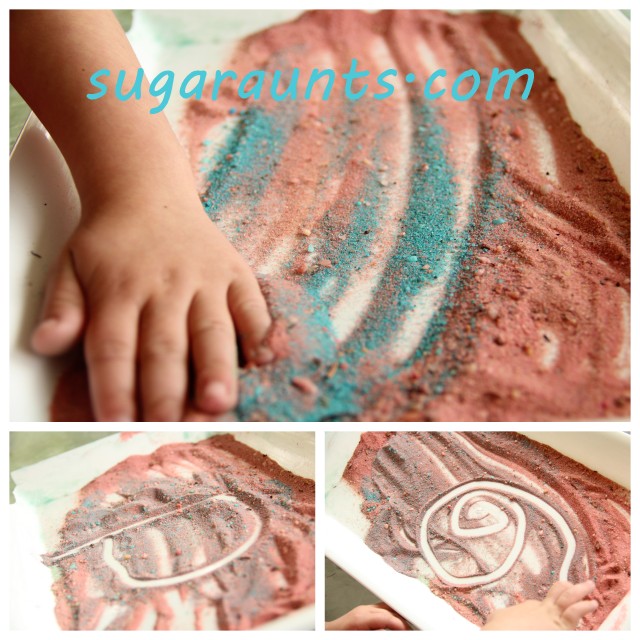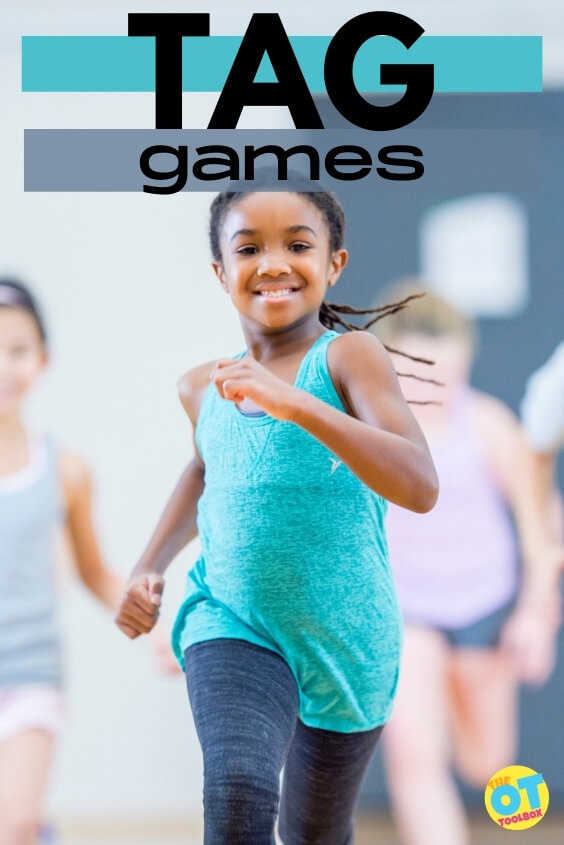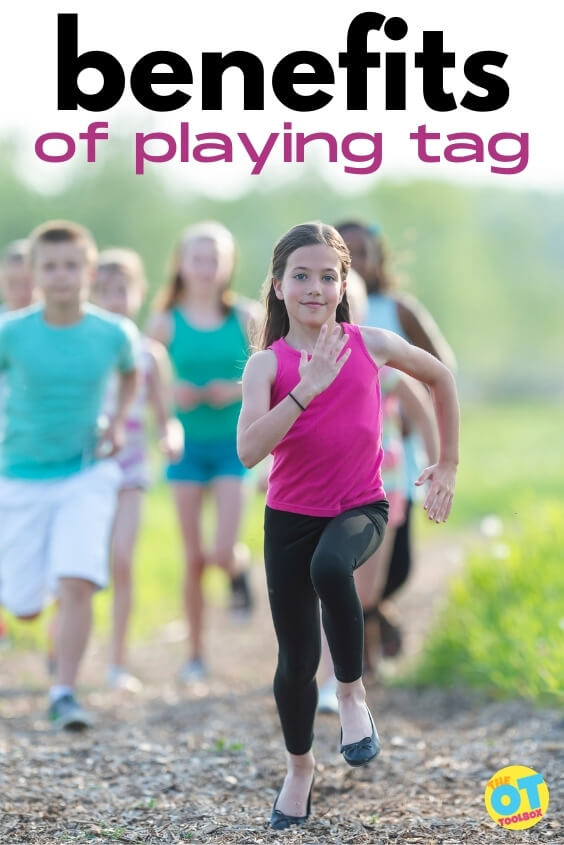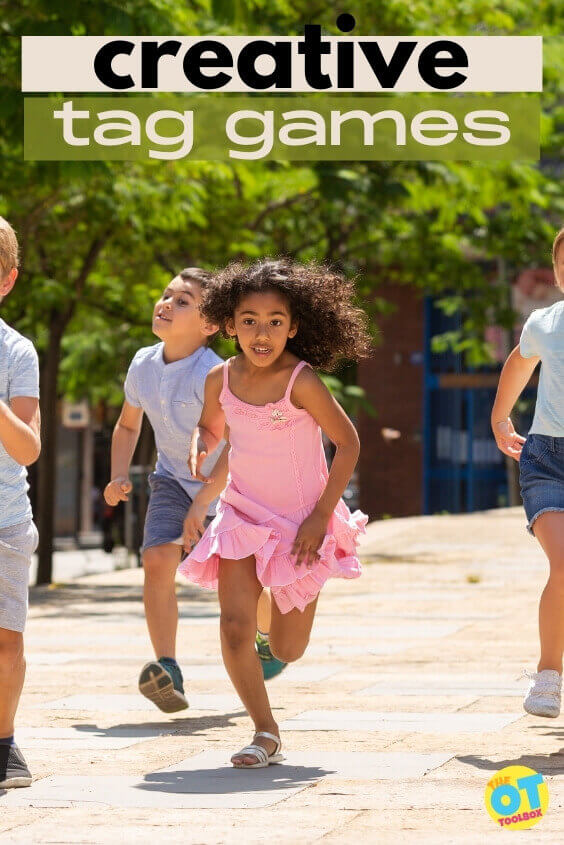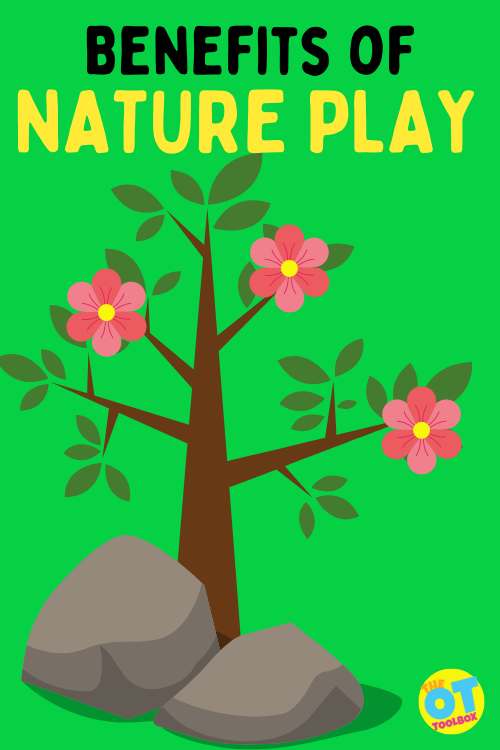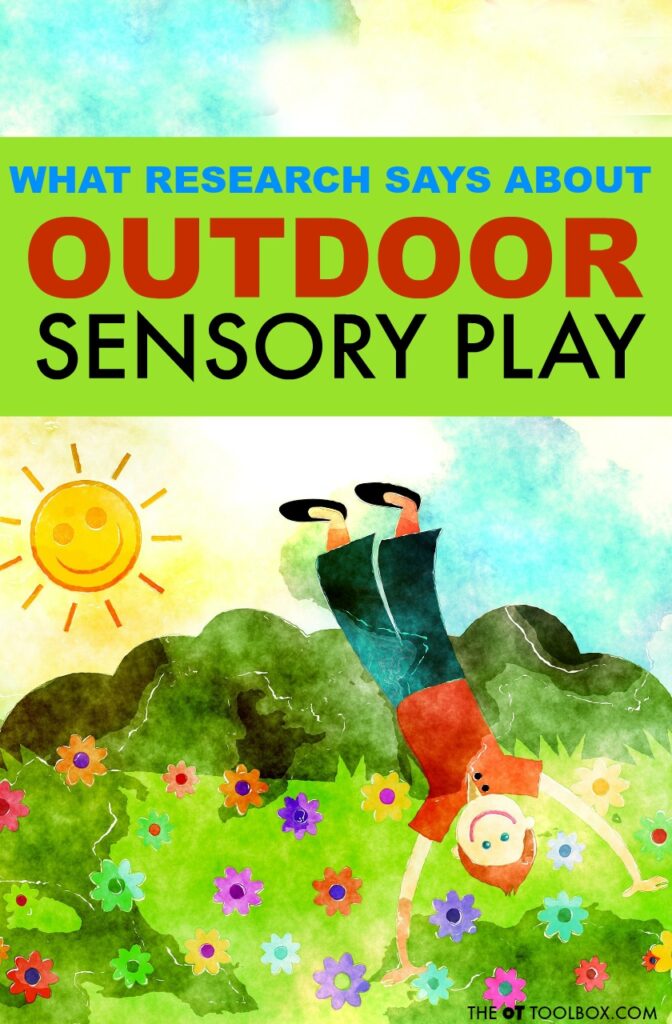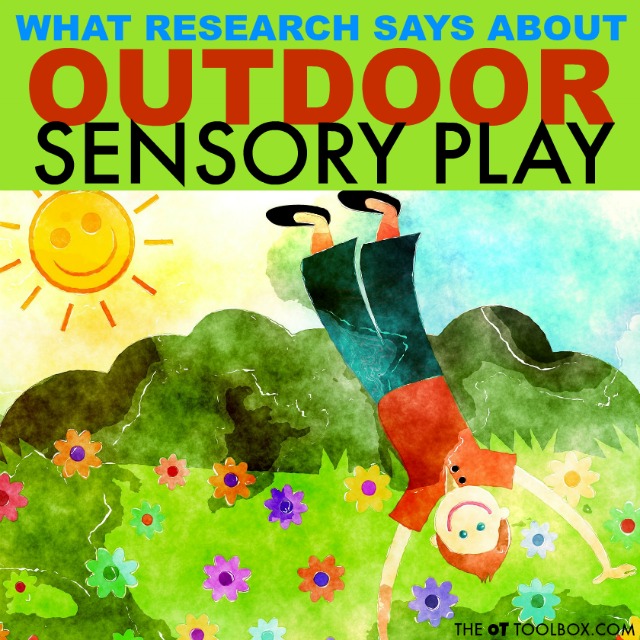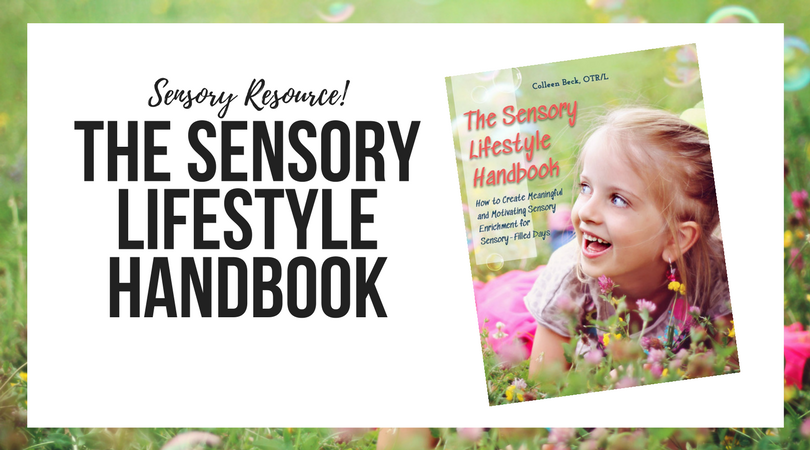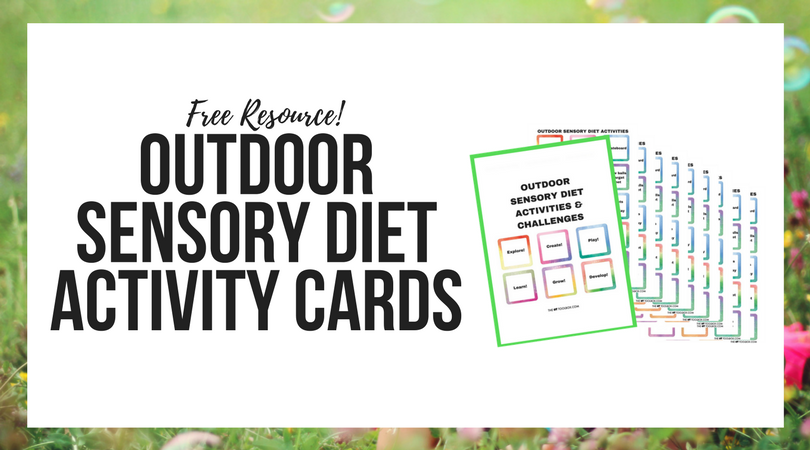This blog post about kinesthetic learning is an older blog post from March 2017 that we updated in March 2024 to add more information on what kinesthetic learning means and what it looks like for kids. Check out our suggestions and strategies below.
The thing about kinesthetic learning is that it’s happening all day long. We know the power of play and how play drives learning in children. After all, we OT practitioners preach about play being the primary “work” in children!
We’ll explain a little more about kinesthetic learning below. The thing is that there is incredible opportunities for movement and learning through movement when exploring in the outdoors, so this older blog post focused a lot on outdoor experiences as a medium for kinesthetic opportunities.
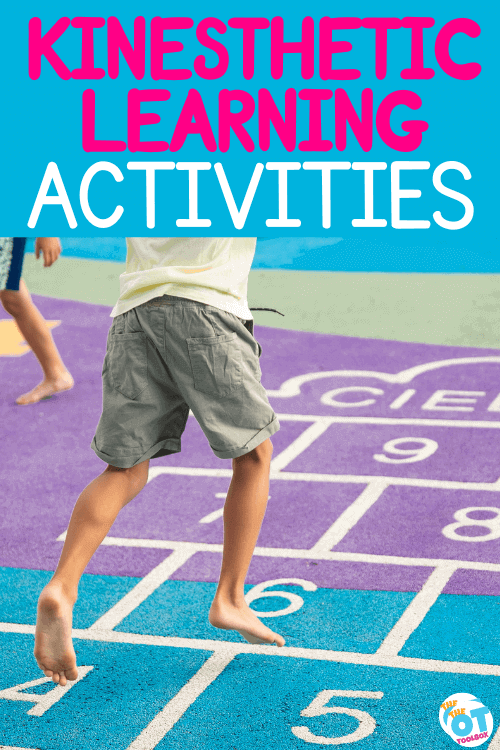
What is Kinesthetic Learning?
Kinesthetic learning refers to a style of learning where individuals learn through physical and movement activities. This sounds a lot like tactile learning, right? It’s actually a lot like a term you have probably heard in recent years: multisensory learning.
Kinesthetic learners prefer to engage in the learning process by moving, doing, and touching. This allows them to use their body to explore and the sense of touch to explore and learn about the world around them. For those that have a strong sensory touch, this is great! This approach is grounded in the belief that students learn more effectively when they are physically active or involved in the learning process.
The thing about kinesthetic learning is that there is the added benefit of proprioceptive input and heavy work through the hands as the child learns and explores.
Tactile learners and kinesthetic learners are a lot alike.
Kinesthetic learners need to move their bodies, manipulate materials, and really interact with learning materials. These children tend to fidget, wiggle, slouch, or get up out of their seats when in the classroom setting. This site has a lot of great information on kinesthetic learning.
Kinesthetic Learning Activities
Kinesthetic learning activities are powerful for some kids. It can mean the difference between paying attention and grasping a concept and missing it all together. Some of my favorite kinesthetic learning ideas include those that involve gross motor work and the senses.
Some kinesthetic learning ideas include:
- Clipping clothes pins marked with letters onto the edge of paper and then writing the letters. Here are more clothes pin activities.
- Counting paperclips in groups of ten
- Sorting colored beads into different containers.
- Creating alphabet shapes with playdough.
- Using a hopscotch grid to learn numbers or math operations.
- Themed sensory bins
- Building geometric shapes with toothpicks and marshmallows.
- Tracing letters or numbers in a sand tray. Here’s what you need to know about writing trays.
- Assembling puzzles that correlate with lesson themes.
- Conducting a scavenger hunt to find objects related to the lesson.
- Using a ball to pass around for answering questions or storytelling.
- Walking along a tape line to improve balance while discussing a topic.
- Playing charades to act out vocabulary words or historical figures.
- Matching socks to teach pairs, colors, or patterns.
- Using body movements to represent mathematical operations (e.g., jumping for addition).
- Organizing classroom objects by size, color, or type.
More ideas for kinesthetic learning include:
Physical Manipulatives: Using physical objects to teach concepts can be particularly effective in subjects like math and science. For example, using block activities are so much fun for some kids and it’s great to teach mathematical operations.
Interactive Notebooks: My daughter has an ELA notebook full of cut outs and interactive activities. They cut out worksheets and glue the pieces into a regular lined notebook. The act of cutting, pasting, drawing, and writing helps all of the vocab and spelling words to “stick”. It’s funny because she can flip through the notebook and find a random vocabulary word because she remembers the cut outs that she did and where they are pasted into the book. It’s fascinating to watch!
Movement-Based Games: We LOVE board games! There are so many board games that can be used to learn concepts and they are so much fun for learning through play. Games that require movement can be used to teach various concepts.
Building and Construction: Tasks that involve building or constructing models can enhance understanding, especially in subjects like engineering, physics, and geometry.
Outdoor Learning: See below for more info. The thing about taking the learning outside the classroom is that kids gain so many vestibular and proprioceptive input through learning . This could include nature walks, geological expeditions, or physical education activities.
Dance and Music: Incorporating dance and music to explain concepts, especially in younger classrooms, can be an effective kinesthetic learning strategy. For example, creating a dance routine to explain the water cycle.
I recently shared a post on tactile learning with a sight word sensory tray. I talked a little bit about kinesthetic learning and how some kids just seek tactile input in their learning.
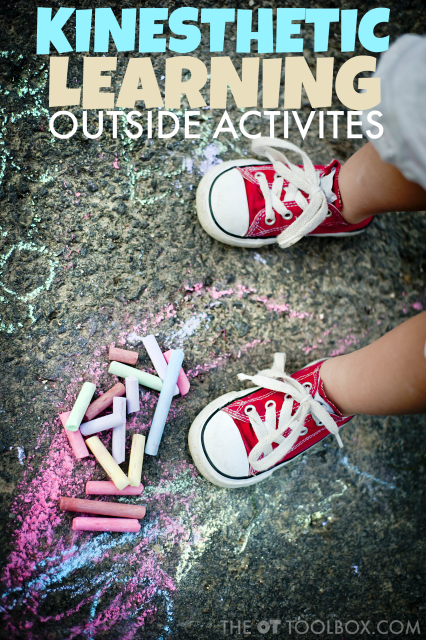
Kinesthetic Learning Activities for Outside
Taking the learning outside can make a big difference. As the weather warms up, it can be hard to keep the attention in the classroom. The birds are chirping, trees are blossoming, and the muddy lawns are calling! So, when kids want to be nothing more than outside playing, how do you keep them focused and learning?
Try taking the learning outside! These kinesthetic learning activities are perfect for the outside play this time of year and all year long. Add some movement and outdoor play and facts are sure to stick when kids are out of the classroom and outdoors!
Try taking the learning outside to really get some space and movement into the learning experiences. You could try these activities when practicing math facts, spelling words, vocabulary, memorization, or many other areas.
Outdoor Learning Activities that Use Kinesthetic Movement
There are several kinesthetic activities that allow for learning while outdoors.
- Balance Beam Adventure- Use a jump rope or a board to create a balance beam maze on a driveway or sidewalk. With sidewalk chalk, draw fish in a pond. Kids can walk on the balance beam without falling into the “water”. When they are on the balance beam, ask kids to hop while stating facts or other learning tasks. Try a bean bag toss game when on the balance beam. Kids can toss a bean bag into a target while spelling words. Here are more outdoor balance beam activities.
- No Peeking Simon Says- Play Simon Says outside in the backyard. This version requires kids to keep their eyes closed when they perform the actions. As they play, ask them questions. You might ask them to touch their nose for “true” facts or to touch their shoulders for “false” facts. Get creative with movement and learning with this one! Simon Says commands can incorporate movement and learning for practically any subject.
- Backyard maze- Create a maze in the backyard by placing obstacles around the lawn. Kids can look at the simple maze and then walk with their eyes closed as another person “guides” them with verbal directions around the obstacles. Set up stations around the obstacle course where they need to answer questions. This can be as simple as a printed out sheet of questions. They just may recall the answers later by thinking about where they were in the obstacle course when they learned about those facts!
This pre-reading obstacle course is perfect for kinesthetic learners.
- Backyard Yoga- Try yoga in the outdoors with kid-friendly yoga games like found in this book (Amazon affiliate link) Try having your child close their eyes during yoga moves to incorporate position of body in space. Add deep breath spelling or math facts while breathing in and out for several counts.
- Hopscotch Math- Practice math facts like addition or multiplication with a hopscotch game on the driveway.
- Sidewalk Chalk Learning- Kids can use sidewalk chalk in so many ways! Write out spelling words. Do math homework on the driveway. Write out vocabulary words. Use patio pads or bricks to work on perimeter, area, or geometry. What would you add?
- Take a Walk- Go on a stroll while reviewing information. What a great way to learn in nature!
Try some of these outdoor lawn games with the kids.
How can you add learning and movement to the backyard to better serve your kinesthetic learners?
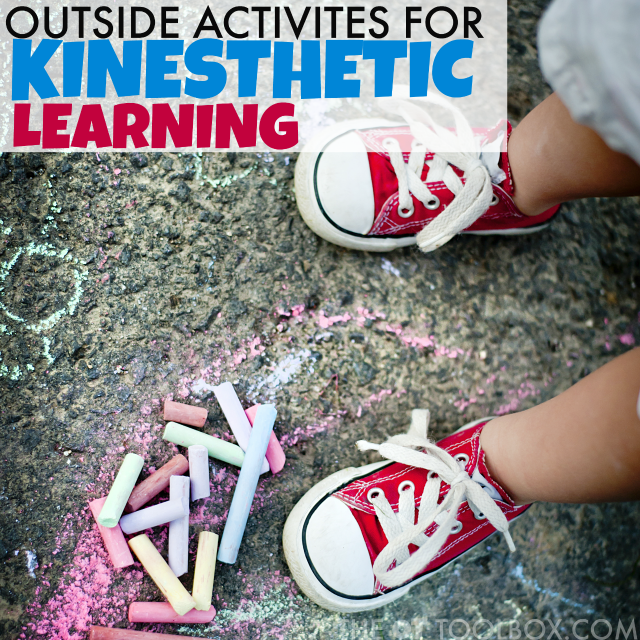
How to incorporate sensory and motor play into playing outside
Sensory diet activities can be specific to sensory system like these vestibular sensory diet activities. Sensory activities can be prescribed according to need along with environment in order to maximize sensory input within a child’s day such as within the school day. Using authentic sensory input within the child’s environment plays into the whole child that we must understand when focusing on any goal toward improved functional independence.
Many sensory diet activities can naturally be found outdoors. In fact, outdoor sensory diet activities are a fun way to encourage sensory input in a child’s environment and without fancy therapy equipment or tools.
It’s a fact that kids are spending less time playing outdoors. From after-school schedules to two working parents, to unsafe conditions, to increased digital screen time, to less outdoor recess time…kids just get less natural play in the outdoors. Some therapists have connected the dots between less outdoor play and increased sensory struggles and attention difficulties in learning.
Knowing this, it can be powerful to have a list of outdoor sensory diet activities that can be recommended as therapy home programing and family activities that meet underlying needs.
That’s where the Outdoor Sensory Diet Cards and Sensory Challenge Cards come into play.
They are a printable resource that encourages sensory diet strategies in the outdoors. In the printable packet, there are 90 outdoor sensory diet activities, 60 outdoor recess sensory diet activities, 30 blank sensory diet cards, and 6 sensory challenge cards. They can be used based on preference and interest of the child, encouraging motivation and carryover, all while providing much-needed sensory input.
Here’s a little more information about the Outdoor Sensory Diet Cards
- 90 outdoor sensory diet activities
- 60 outdoor recess sensory diet activities
- 30 blank sensory diet cards, and 6 sensory challenge cards
- They can be used based on preference and interest of the child, encouraging motivation and carryover, all while providing much-needed sensory input.
- Research tells us that outdoor play improves attention and provides an ideal environment for a calm and alert state, perfect for integration of sensory input.
- Outdoor play provides input from all the senses, allows for movement in all planes, and provides a variety of strengthening components including eccentric, concentric, and isometric muscle contractions.
- Great tool for parents, teachers, AND therapists!
Be sure to grab the Outdoor Sensory Diet Cards and use them with a child (or adult) with sensory processing needs!

Colleen Beck, OTR/L has been an occupational therapist since 2000, working in school-based, hand therapy, outpatient peds, EI, and SNF. Colleen created The OT Toolbox to inspire therapists, teachers, and parents with easy and fun tools to help children thrive. Read her story about going from an OT making $3/hour (after paying for kids’ childcare) to a full-time OT resource creator for millions of readers. Want to collaborate? Send an email to contact@theottoolbox.com.
We also love the learning opportunities in our Fine Motor Kits!
Working on fine motor skills, visual perception, visual motor skills, sensory tolerance, handwriting, or scissor skills? Our Fine Motor Kits cover all of these areas and more.
Check out the seasonal Fine Motor Kits that kids love:


















Or, grab one of our themed Fine Motor Kits to target skills with fun themes:
- Frogs Fine Motor Kit
- Unicorns Fine Motor Kit
- Vehicles Fine Motor Kit
- Apple Fine Motor Kit
- Back to School Kit
- Sports Fine Motor Kit
- Outer Space Fine Motor Kit
- Fairytale Fine Motor Kit
- Plus more in our shop!
Want access to all of these kits…and more being added each month? Join The OT Toolbox Member’s Club!



